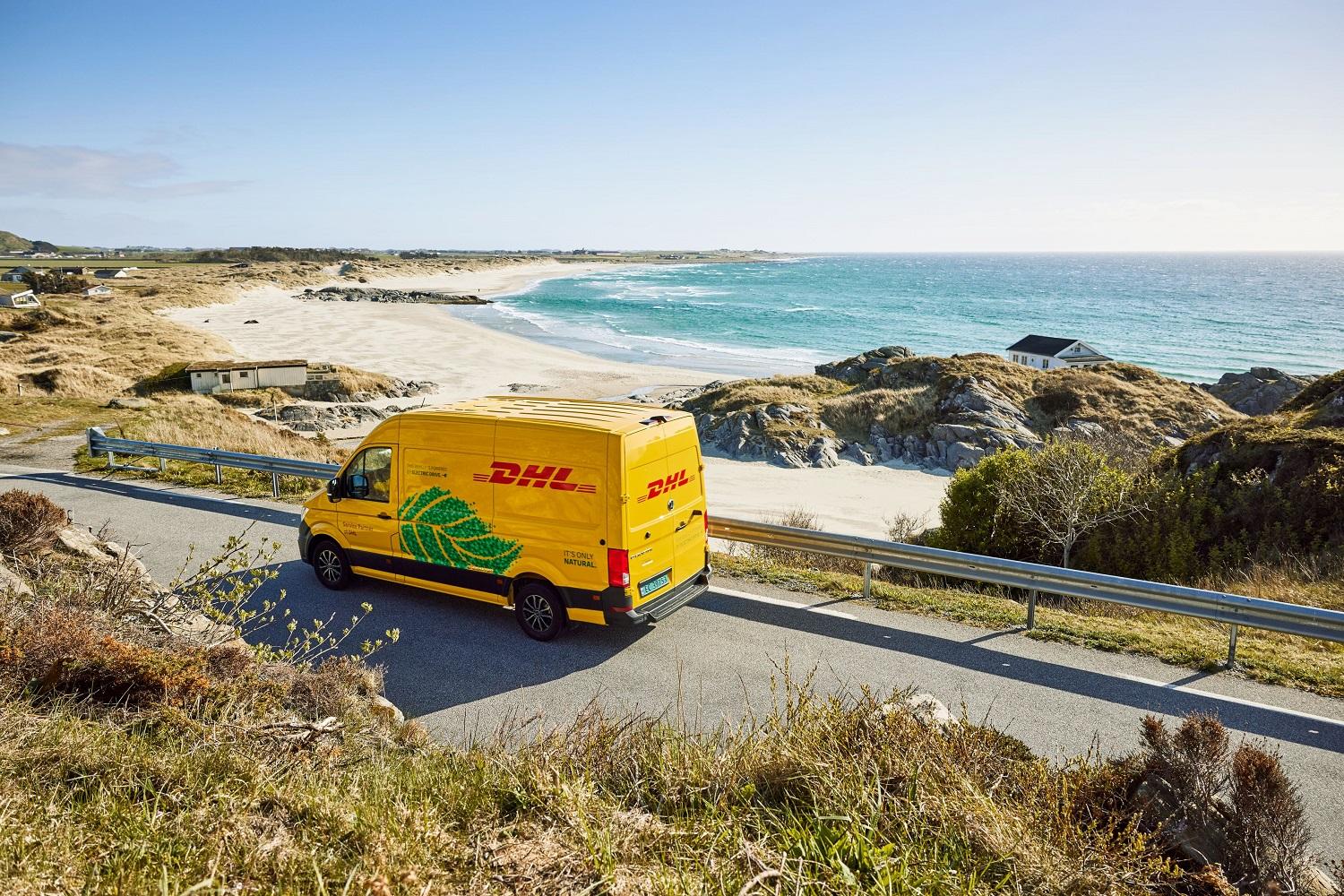Grow your business with the Discover newsletter
Logistics advice & insights straight to your inbox
Subscribe now
We typically associate the peak season with excess and consumption. But, this year, things are set to be a little different.
Research by Salesforce found that 83% of shoppers intend to seek out eco-friendly brands and products this holiday season. Further results revealed that beyond a company’s treatment of customers and employees, its environmental practices are the top factor influencing buying decisions.
A sustainable business strategy is the goal a company sets to help it improve its impact on the environment. These actionable steps can be implemented immediately – such as switching to plastic-free packaging – or may require long-term planning, such as committing to a five-year goal to become carbon neutral.
Consumers are increasingly conscious of the environmental impact of their online shopping habits, and now expect retailers to play their part. For brands looking to attract new customers (and indeed keep existing ones), a strong eco-policy will be a big pull.
There’s also money to be saved! A successful sustainable business strategy can lead to lower operating costs and a reduction of supply chain wastage.
So, how does your e-commerce business fair in the sustainability stakes? From green packaging to ethical logistics, here are some sustainable business ideas to help you up your game.
The big question for any e-commerce business is: how do consumers’ sustainability concerns translate to buying behavior – specifically, what products will people be looking for this peak season?
*Deloitte survey of UK adults

1. Make sustainability a core principle of your business. This is about more than just adopting the latest green “fad”. It means having a long-term, holistic vision of what you want to achieve – and why it matters.
2. Take steps to become a carbon neutral business. You can only move towards becoming a carbon neutral business by first knowing your sustainability weak spots. Here’s how to reduce waste along your supply chain.
3. Do your research. This will help you set achievable sustainable targets. Look at what other e-commerce businesses are doing, and the platforms available to help businesses offset their emissions through a tree-planting scheme.
4. Add a “sustainable gifts” section to your website to help visitors quickly find what they’re looking for. Make it creative – offer product bundles or “planet-friendly” gift guides.
5. Ensure transparency with your customers. 88% percent of consumers don’t immediately trust brands that say they’re sustainable, so be sure your claims are 100% authentic to build trust.
6. Switch to green packaging. You can invest a whole lot of money in a sustainable supply chain, but your brand’s packaging is the touchpoint your customers notice. Plastic is a big no no these days, but there are plenty of companies out there offering alternatives. At DHL Express, our boxes offered to customers are made from recycled materials.
7. Remember, cost still matters. Despite sustainable intentions, the cost-of-living crisis means many consumers will have to prioritize value for money this peak season. How can your business meet both consumers’ price and environmental needs? Get it right and you’ll be cashing in.

8. Don’t forget the final mile. Be flexible with the delivery options you offer customers at checkout. “Out of home” methods like parcel lockers and in-store pickup have a 30% lower carbon footprint. Meanwhile, your customers have more choice, and your business reduces its shipping costs. Win win.
9. Choose a green logistics partner. At DHL, our global delivery fleet now consists of zero-emission vehicles, like electric bikes, electric vehicles and even electric planes! We can help you to directly reduce your own Scope 3 footprint with Sustainable Aviation Fuel (SAF) service which we’ve recently made one of the largest SAF deals in history with BP and Neste. By partnering with DHL Express, you can be assured that your deliveries will be as environmentally friendly as possible.